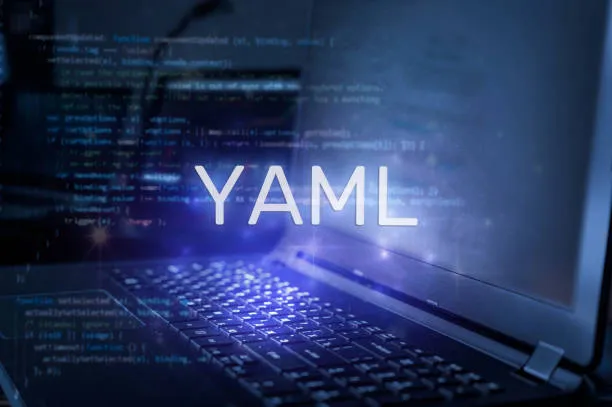YAML (YAML Ain’t Markup Language) has become a staple in the DevOps world due to its simplicity, readability, and versatility. As a human-readable data serialization language, it’s extensively used for configuration files, especially in DevOps practices. Whether you’re diving into Continuous Integration/Continuous Deployment (CI/CD), orchestrating containers, or managing infrastructure as code, understanding YAML is crucial. Let’s embark on a journey through the basics and nuances of YAML for DevOps beginners.
Understanding YAML:
1. Human-Readable Structure: YAML uses indentation and whitespace to organize data, making it easily readable for humans. It employs a clean, minimalist syntax compared to other data serialization formats.
2. Key-Value Pairings: YAML uses a straightforward syntax for key-value pairs, utilizing colons to denote associations. For instance:
key: value
3. Lists and Arrays: YAML facilitates the creation of lists and arrays, making it ideal for defining sequences of data:
fruits:
- apple
- banana
- orange
4. Nested Structures: YAML allows nesting of data structures using indentation, enabling hierarchical representation:
person:
name: Alina
age: 30
contact:
email: [email protected]
phone: 123-456-7890
YAML in DevOps:
1. Configuration Files: DevOps tools like Kubernetes, Docker Compose, Ansible, and more rely heavily on YAML for defining configurations. These files specify how applications, services, or infrastructure should be structured and deployed.
2. CI/CD Pipelines: CI/CD pipelines often use YAML files to define workflows. These files outline the build, test, and deployment stages, ensuring consistency and repeatability in the software delivery process.
3. Infrastructure as Code (IaC): Tools like Terraform and Ansible use YAML for defining infrastructure resources and configurations, allowing for the provisioning and management of cloud resources and infrastructure components.
4. Docker Compose: Docker Compose leverages YAML to describe multi-container Docker applications, defining services, networks, volumes, and other aspects of the application stack.
Best Practices:
1. Consistency in Formatting: Maintain consistent indentation and formatting throughout YAML files for better readability and understanding.
2. Comments for Clarity: Use comments (prefixed with #) sparingly to explain complex or critical sections of the YAML file.
3. Validation and Linting: Utilize YAML linters or validators to catch syntax errors or formatting issues early in the development cycle.
4. Modularization and Reusability: Break down large YAML files into smaller, reusable components to enhance maintainability and reduce redundancy.
Common Pitfalls:
1. Indentation Errors: Misaligned indentation can lead to parsing errors, causing unexpected behavior in YAML files.
2. Forgetting Quotes: Strings with special characters might need quotes to be interpreted correctly. Forgetting them can result in parsing issues.
3. Mixing Spaces and Tabs: Inconsistent use of spaces and tabs can cause YAML parsing errors. Stick to one for indentation throughout the file.
YAML serves as the backbone of many DevOps workflows, enabling developers and operations teams to define configurations, automate processes, and manage infrastructure efficiently. Embracing its simplicity and structure empowers beginners in the DevOps realm to orchestrate complex systems seamlessly. With the right practices and understanding, YAML becomes a powerful tool in the arsenal of any DevOps practitioner.
Complete the form located at this page https://synpass.pro/contactsynpass/ in order to get in touch with us regarding your project☝

